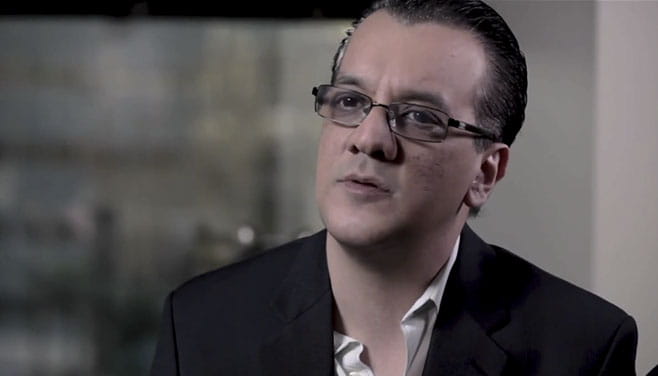Germ Cell Tumors
U.S. PATIENTS:713.441.3800
Find a Specialist Near You
Houston Methodist’s germ cell brain tumor specialists combine expertise with compassionate care at our world-class treatment and research clinics.
Houston Methodist’s neurologists and neuro-oncologists offer the most advanced treatments available for germ cell tumors. Although germ cell brain tumors can be benign (noncancerous) or malignant (cancerous), they are typically malignant.
Germ cell tumors occur most often in children. Our pediatric oncologists work with a multidisciplinary team to provide state-of-the-art germ cell tumor treatment to children and young adults.
The experts at the Kenneth R. Peak Center for Brain and Pituitary Tumor Treatment and Research provide each patient —regardless of age —with a customized plan aimed at treating the tumor effectively while maintaining the highest possible quality of life.
Developing Powerful Treatments
Our researchers are developing innovative treatments to fight cancer through our genomic sequencing and proteomics labs.
- Mitochondrial smart bombs – Developed at Houston Methodist, these are the first known example of selective mitochondrial chemotherapy.
- Nanosyringes – Tiny syringes that make injections into individual cancer cells and spare normal cells. In experimental studies, they are highly effective against many types of cancer, including glioblastoma and breast cancer. We are also very close to launching clinical trials, in collaboration with Rice University.
- Drug pump inhibitors – Uses nanosyringes to trap the chemotherapy drug inside the cancer cells, which results in the cancer cells dying. This attacks one of the main ways in which a tumor becomes resistant to chemotherapy, therefore making the chemotherapy used much more effective at a much lower dose.
- Gene therapies – New and unique treatment that involves replacing a defective gene with a new, healthy copy of that code.
Diagnosis and Treatment of Germ Cell Tumors
Learn More About Germ Cell Brain Tumors
Innovations in Radiosurgery and Radiation Therapy
It uses focused beams of radiation — directed to the precise shape and location of the tumor — to shrink and eliminate the cancer while safely passing through healthy brain tissue. Patients formerly thought to be terminal with inoperable tumors can now be safely and effectively treated. Having this technique available often converts a situation with limited life expectancy to one of long-term survival.



